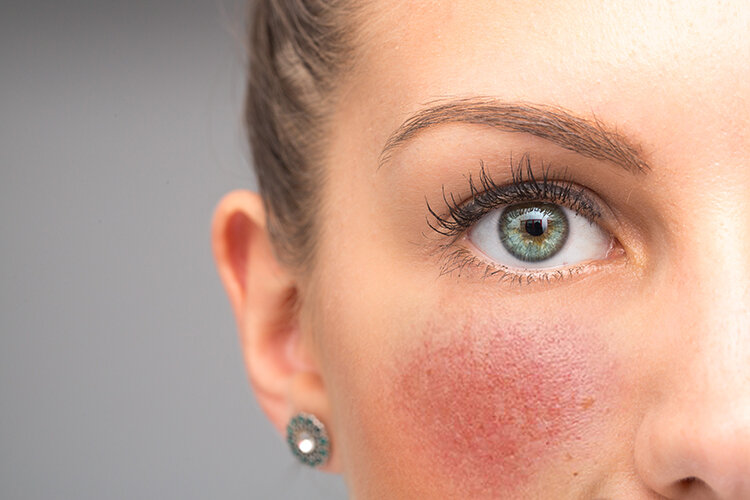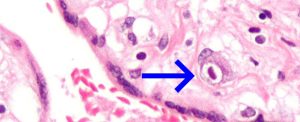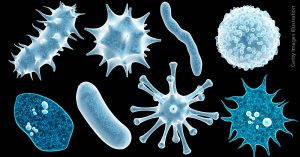United States: Emerging scientific revelations demonstrate that distinct variations in facial temperatures bear a profound correlation with chronic conditions such as hypertension and diabetes. Intriguingly, these subtle thermal distinctions, imperceptible to human touch, can now be discerned through advanced artificial intelligence (AI) methodologies paired with thermal imaging technologies.
Pioneering researchers emphasize the groundbreaking potential of this innovation, which not only prognosticates health metrics but also provides a lens into one’s biological age. Findings further underscore the impact of consistent physical activity—such as routine jumping rope exercises—on mitigating the signs of thermal aging, forging a tangible connection between lifestyle habits and health.
Decoding Thermal Markers in Chronic Diseases
Recent inquiries reveal that nuanced thermal patterns across specific facial zones are indicative of underlying health complications. For example, an anomaly such as a cooler nasal region juxtaposed with warmer cheeks may signal escalating blood pressure. These precise thermal irregularities were cataloged in the Cell Metabolism journal, showcasing how AI-powered spatial temperature analytics, in conjunction with thermal cameras, decipher these intricate patterns.

The implications of this study suggest that healthcare practitioners might eventually adopt these non-invasive thermal imaging techniques for early disease detection, offering a preemptive approach to chronic illness management.
The Promise of Thermal Imaging in Aging Science
“Aging, while inevitable, can be navigated healthily,” stated Jing-Dong Jackie Han of Peking University, Beijing, and the study’s principal author. The research team has previously utilized 3D facial mapping to deduce biological age—an indicator of physiological resilience and disease susceptibility. This time, their focus pivoted to facial thermography, exploring its potential as a predictive tool for aging dynamics and health trajectories.
Age-Linked Thermal Signatures
Han’s team meticulously assessed facial temperature data from over 2,800 Chinese participants, aged 21 to 88, training AI algorithms to compute “thermal age.” Their analyses pinpointed critical thermal zones—such as the nose, eyes, and cheeks—whose temperature fluctuations correlated strongly with age and metabolic health.
They observed that nasal temperatures declined more rapidly with age than other facial zones, suggesting a younger thermal age in individuals with warmer noses. Conversely, regions around the eyes exhibited increased temperatures over time.
Additionally, metabolic conditions, including diabetes and fatty liver disease, were associated with accelerated thermal aging, characterized by elevated eye-area temperatures. Similarly, individuals grappling with hypertension showed heightened cheek temperatures.
Linking Thermal Aging with Metabolic Pathologies
Through detailed blood analysis, researchers attributed the heightened thermal activity in the eye and cheek regions to escalated cellular processes tied to inflammation—activities such as DNA repair and immune responses to infection. These metabolic upticks elevate localized facial temperatures, offering a thermal “fingerprint” of disease states.
“The thermal clock’s precision in identifying metabolic disorders surpasses earlier facial imaging models,” remarked Han, emphasizing its diagnostic prowess.
The Transformative Role of Physical Activity
To delve deeper, the team examined whether lifestyle modifications could alter thermal aging markers. In a controlled trial, 23 individuals engaged in daily jump-rope exercises, performing 800 repetitions for two consecutive weeks. Astonishingly, their thermal age receded by an average of five years, substantiating the role of physical activity in modulating health biomarkers.

Future Horizons in Thermal Diagnostics
Encouraged by these findings, Han’s team envisions leveraging thermal imaging to probe a broader spectrum of ailments, from sleep disorders to cardiovascular anomalies.
“We aspire to integrate thermal facial imaging into clinical frameworks, unlocking its transformative potential for preemptive diagnosis and therapeutic interventions,” Han concluded.
Through these advancements, thermal imaging emerges not just as a tool of scientific curiosity but as a beacon for redefining preventative healthcare.













